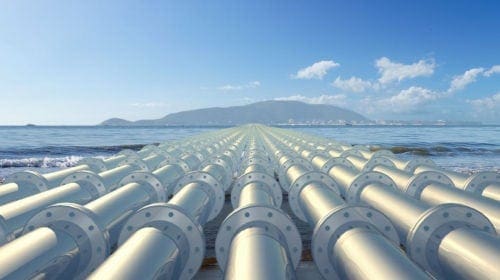The price of oil jumped after Saudi Arabia Energy Minister Khalid al-Falih announced that the kingdom had kept to its November obligation as a member of OPEC to cut the amount of barrels of oil produced per day.
According to the minister, the current production rate is less than 10 million barrels per day, which ends up being slightly higher than the expected 486,000 bpd reduction. The welcome news gave a 1.5% bump to U.S. Crude futures as traders assessed the reduction in international supply levels of oil.
The compliance of Saudi Arabia has also been matched by Qatar, Kuwait and Oman, a fact which was highlighted by Kuwait’s OPEC Governor Nawal al-Fezaia during an interview earlier this month, according to Reuters. Iraq likewise announced that it was complying with the deal and had accordingly started to reduce production. Russia is expected to comply with the agreement as well, despite the nation not being an actual member of OPEC.
The oil price has been fluctuating around $50 for a while, a range which will be present throughout 2017 and into 2018, according to the Energy Information Administration’s Short-Term Outlook report for January. The EIA expects the prices of North Sea Brent and West Texas Intermediate Crude oil to average $53 and $52, respectively, during 2017.
The EIA acknowledged that certain factors, such as the OPEC agreement to reduce production and the rising demand for oil in China, are causing upward pressure on the price of crude, but the agency believes that increases in global production will continue to stifle any meaningful rises in the price of oil. The agency expects to see a buildup in international petroleum inventories, albeit at a slower rate than what has been encountered thus far in 2015 and 2016.
Oil and gas operations are commonly found in remote locations far from company headquarters. Now, it's possible to monitor pump operations, collate and analyze seismic data, and track employees around the world from almost anywhere. Whether employees are in the office or in the field, the internet and related applications enable a greater multidirectional flow of information – and control – than ever before.










